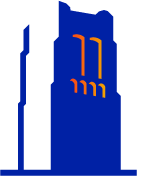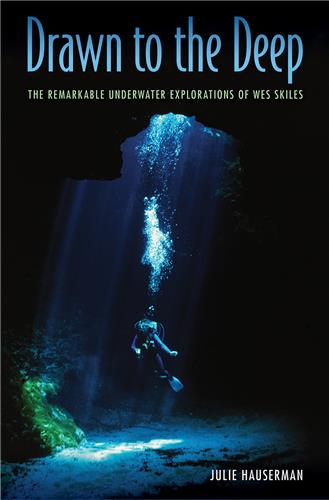Search Results for 'carolyn morrow long'
798 results for 'carolyn morrow long'
Please note that while you may order forthcoming books at any time, they will not be available for shipment until shortly before publication date
In Joyce and Militarism, Greg Winston considers Joyce's masterworks in light of the longstanding shadows that military culture and ideology cast over the society in which the writer lived and wrote.
This book tells the story of the emergence of Jacksonville, Florida, at the center of the film industry in the early 1900s. By 1928 Jacksonville was home to fifteen major production companies and the location for filming hundreds of movies, including the first Technicolor picture ever made.
Translated into English with extensive notes and a wealth of supplementary material, this narrative of a nineteenth-century Cuban émigré brings to life the early Cuban exile communities in Tampa.
Classic reprint of 1952 pioneer archaeological stu
Dan’s Cave looks like the entrance to the underworld. Two divers swim along a luminous blue-green passage, flashlights cutting through the water, a dark mass of stalactites suspended overhead. This is the breathtaking National Geographic cover photo taken by Wes Skiles (1958–2010), a top nature photographer who died in a diving accident before the issue was published.
Account of the covert humanitarian effort known as Operation Pedro Pan (1960-1962) in which 14,048 Cuban children were airlifted into the U.S. Explores US role as well as the aftermath of the children's separation from parents forced to remain in Cuba.
Debra Majeed sheds light on families whose form and function conflict with U.S. civil law. Polygyny--multiple-wife marriage--has steadily emerged as an alternative to the low numbers of marriageable African American men and the high number of female-led households in black America.










